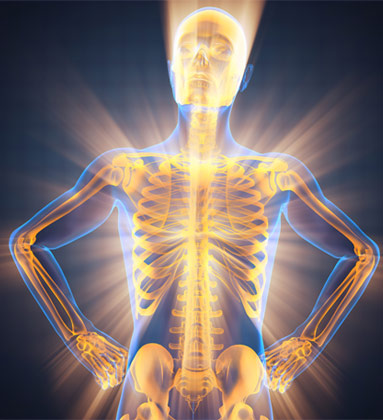
Let’s face it. As much as we try, our bodies take the “path of least resistance.” And a lot of times we don’t even realize it until it is to late. Have you ever noticed that on a lot of days driving home from work you have to lower the setting of your rear view mirror? In the morning you were much taller but through the work day the shoulders rounded forward, the chest caved in, upper back rounded and the belly just surrendered.
This “path of least resistance” is our bodies naturally giving into gravity. There are times when we want to give in to it but if it is happening in a consistent, habitual manner then trouble can be ahead. Instead of using our tissue activation to support our joints, we start to hang and sit into our connective tissue ( fascia, tendons, ligaments). And just certain workhorse muscles are on constant overtime and other muscles are on a constant vacation. The most common occurrence of this is the lower back being super rigid because one has no abdominal activation to speak of.
Any of us that have had an injury like a broken foot or a badly sprained knee know all about how the body loves to compensate and how that can lead to a lot of mucked up stuff in the body and imbalances galore! Everything in the body is connected and when one thing changes everything else will too weather that be for the good , bad or the ugly.
A typical pose that a lot of us sit into day in and day out is a typical desk worker’s posture. And these days all of us are desk workers because we are slaves to our computers and our smartphones. We are pulled forward and down because we are unable to counter gravity. Our shoulders are rounded forward and the chest collapses and to bring our eyes to the horizon our neck must extend into a forward head posture. This is typically called Upper Crossed Syndrome. The chest and back of the neck are very tight and the upper back and front of the neck are weak.
To start to slowly change the organization of your connective tissue in the upper body try the below simple release sequences everyday. Only stay in one spot no more than a minute and a half. Hold pinpointed pressure or add a very small rocking or flossing action on the ball.
- Chest Release
You need a yoga block and a regular sized tennis ball. Place the yoga block on the wall and the tennis ball on the yoga block. Place the front of your right chest (below the collar bone and close to the front of your shoulder) on the ball. Steady the block with your left hand and the ball with your right fingertips until you have the feet and legs in the right position and you feel secure. You can hold pinpointed pressure or the flossing motion. Be sure to ask yourself where you can let go and effort less. The typical suspects for tension are the face, jaw, shoulders, pelvis, hands and feet. Before doing the opposite side, take inventory of what feels different.
2. Back of the Neck Release
You need a mat and a Great Dane Tennis Ball. Lie on the floor. Knees can be bent and feet on the floor or put a support under the knees and lengthen the legs. Place the oversized tennis ball at the occiput and balance. Give the weight of the head to the ball. Secure the ball with the right fingertips and turn your head to the right so that you land on the right mastoid process ( the nobby on the right side of the occiput). Hold pinpointed pressure and/or the flossing motion. Very important to soften the face, jaw and tongue. Come back to the center and before moving to the opposite side notice what feels different.
Click HERE to schedule with this instructor.
Click HERE to take classes with this instructor.
